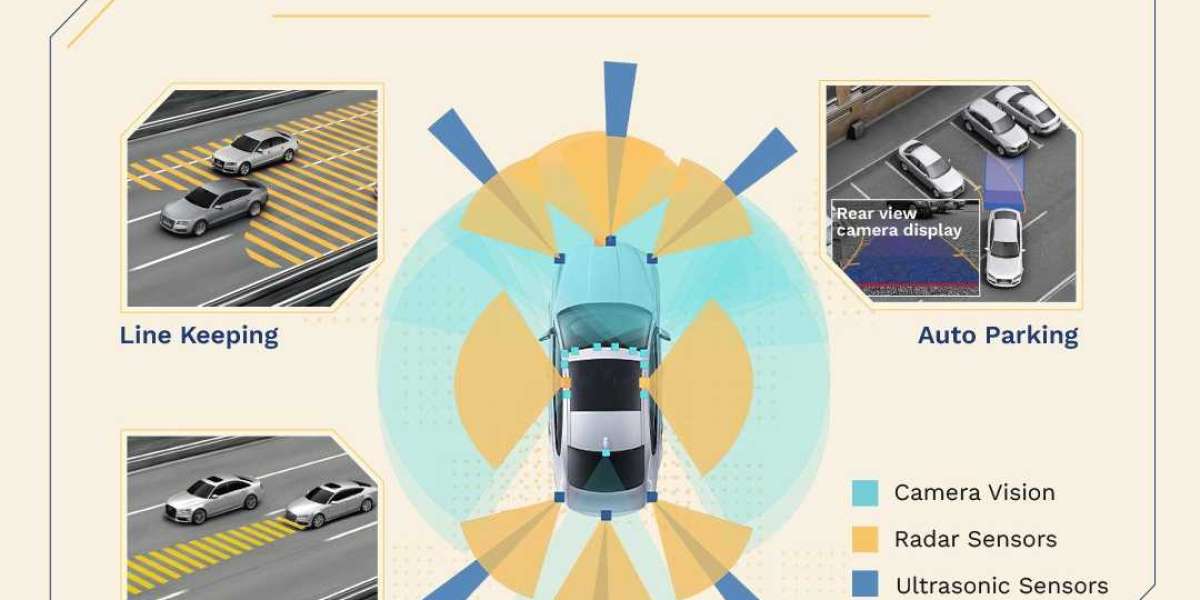Autonomous Vehicle Control Systems (AVCS) are at the forefront of a transportation revolution, enabling vehicles to navigate and operate without human intervention. As of August 4, 2025, these systems, powered by advanced sensors, artificial intelligence (AI), and real-time control algorithms, are reshaping industries such as automotive, logistics, and public transit. Companies like Servotech Inc. are driving innovation in this field, developing AVCS solutions that enhance safety, efficiency, and sustainability. This article delves into the essentials, components, applications, benefits, challenges, and future of AVCS, reflecting the latest advancements as of today.
What is an Autonomous Vehicle Control System?
An Autonomous Vehicle Control System is a sophisticated integration of hardware and software designed to perceive, decide, and control a vehicle’s movements autonomously. Defined by SAE International’s autonomy levels (Level 0 to Level 5), AVCS operates from basic driver assistance to fully self-driving capabilities. It relies on a network of sensors—including LiDAR, radar, and cameras—coupled with AI-driven processing units and control software. These systems manage critical functions like steering, acceleration, braking, and route planning, ensuring safe and efficient operation across diverse environments.
Components of AVCS
A robust AVCS comprises several integral elements:
- Sensors: LiDAR, radar, ultrasonic sensors, and high-definition cameras capture environmental data, detecting obstacles and road conditions.
- Processing Unit: Powerful onboard computers run AI algorithms to interpret sensor data and make real-time decisions.
- Control Software: Algorithms handle path planning, collision avoidance, and dynamic adjustments.
- Actuators: Execute commands to control steering, throttle, and braking mechanisms.
- Communication Systems: Facilitate vehicle-to-vehicle (V2V) and vehicle-to-infrastructure (V2I) interactions for coordinated driving.
How AVCS Works
The AVCS operates through a structured, continuous cycle:
- Perception: Sensors scan the environment, mapping roads, traffic signals, and obstacles.
- Data Processing: AI processes sensor inputs to understand context and predict future states.
- Decision Making: The system selects the best action, such as lane changes or emergency stops.
- Control Execution: Actuators implement decisions, adjusting vehicle dynamics.
- Learning and Adaptation: Machine learning refines the system based on new data and experiences.
For instance, an AVCS might detect a pedestrian with LiDAR at 11:22 AM today, calculate a safe stopping distance using AI, and apply brakes autonomously, all within milliseconds.
Benefits of Autonomous Vehicle Control Systems
AVCS offers transformative advantages:
- Improved Safety: Reduces accidents caused by human error with proactive collision avoidance.
- Operational Efficiency: Optimizes fuel use and traffic flow through synchronized driving.
- Cost Reduction: Lowers labor costs by eliminating the need for human drivers in fleets.
- Enhanced Accessibility: Provides mobility for the elderly, disabled, or underserved populations.
- Environmental Benefits: Promotes eco-friendly driving, reducing carbon emissions.
Applications Across Industries
AVCS is making significant inroads in multiple sectors:
- Automotive: Powers self-driving cars, such as Tesla’s Full Self-Driving and Waymo’s autonomous taxis.
- Logistics: Enables driverless delivery vans and drones for last-mile delivery.
- Public Transit: Deploys autonomous buses and shuttles in urban settings.
- Agriculture: Supports self-navigating tractors for precision farming.
- Defense: Utilizes unmanned ground vehicles for reconnaissance and logistics.
Challenges in AVCS Development
Despite its promise, AVCS faces notable obstacles:
- Technological Complexity: Integrating sensors, AI, and control systems requires high expertise.
- Regulatory Hurdles: Varying global laws and safety standards delay widespread adoption.
- Public Trust: High-profile incidents have raised concerns about reliability.
- High Costs: Significant investment in hardware and software poses a barrier.
- Environmental Limitations: Performance can degrade in adverse weather or uncharted areas.
Future Trends in AVCS
The future of AVCS is driven by cutting-edge developments:
- Advanced AI: Enhanced neural networks improve decision-making and adaptability.
- 5G and Beyond: Faster connectivity supports real-time V2V and V2I communication.
- Edge Computing: Onboard data processing reduces latency and cloud dependency.
- Sustainable Mobility: Focuses on electric and hybrid autonomous vehicles.
- Regulatory Frameworks: Governments are crafting policies to enable broader deployment.
As of August 4, 2025, these trends are aligning with smart city initiatives, accelerating the shift to autonomous mobility.
Role in the Vehicle Lifecycle
AVCS is integral across development and operational phases:
- Design Phase: Simulates control algorithms using tools like MATLAB/Simulink.
- Testing Phase: Validates systems with hardware-in-the-loop (HIL) and real-world trials.
- Deployment Phase: Integrates AVCS into production vehicles.
- Maintenance Phase: Supports software updates and performance monitoring.
Career Opportunities
Professionals in AVCS are highly sought after. Roles include autonomy engineer, AI developer, and systems integrator, with opportunities in automotive, tech, and logistics sectors. Certifications in AI, sensor technology, or control systems, paired with practical experience, lead to competitive salaries and career growth as of today.
Conclusion
Autonomous Vehicle Control Systems are revolutionizing transportation by enhancing safety, efficiency, and accessibility. With advanced sensors, AI, and real-time control, they pave the way for a self-driving future. Despite challenges like cost and regulation, innovations in 5G and edge computing are driving progress. As of 11:22 AM IST on August 4, 2025, AVCS remains a cornerstone of technological advancement, shaping a sustainable and connected mobility landscape.


